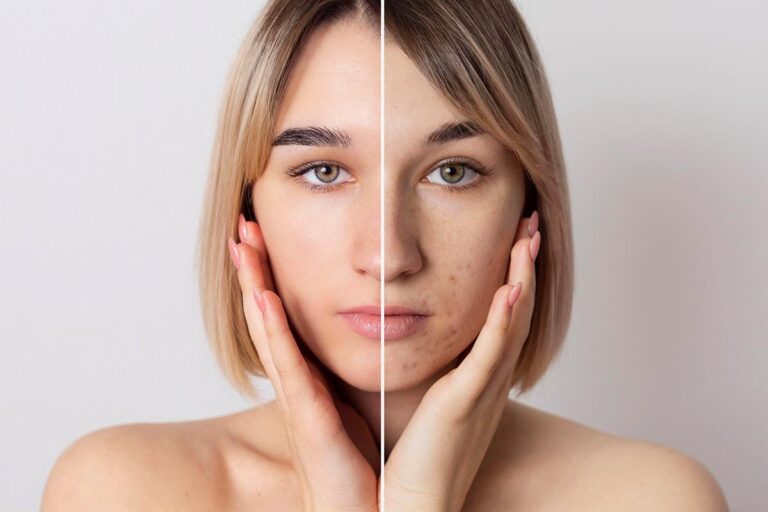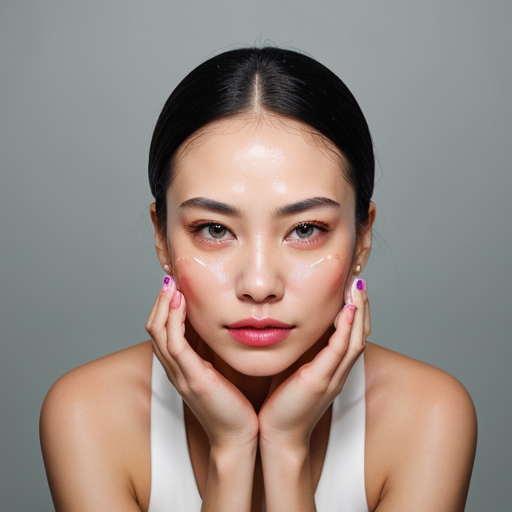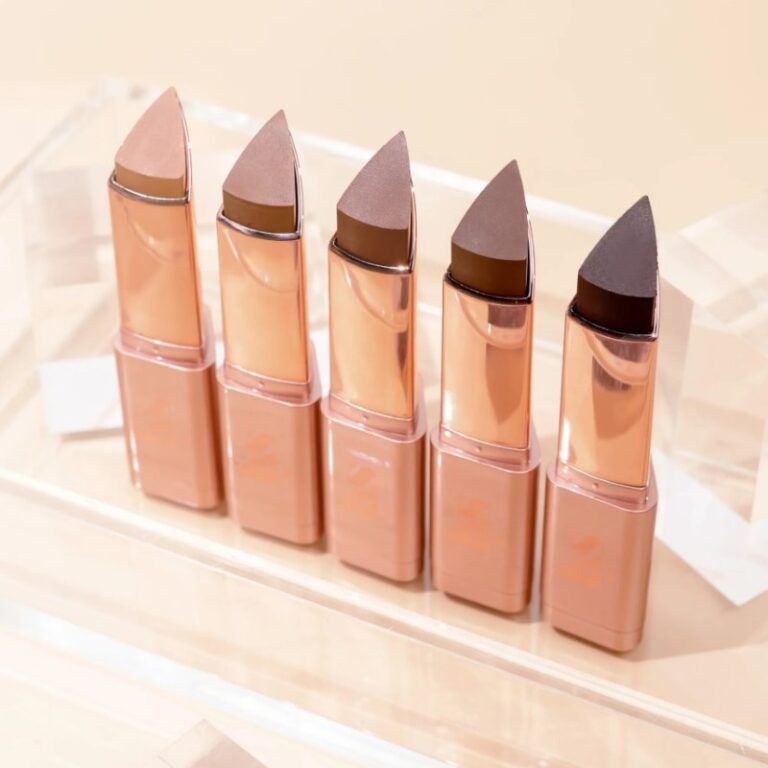The Top Skincare Ingredients Science Says You Should Never Mix

For a very long time, skincare has been a staple in many people’s pampering routines. The new wave of skincare is ingredient-focused rather than fancy packaging and false promises. More people are buying ingredients like niacinamide and retinol to incorporate in different steps of their skincare.
These ingredients, however, may interact and cause adverse effects on your skin. Making informed decisions about which products you have in your routine is important. This article will help you know these and help you make the right choice in the future. So let’s see what these ingredients are:
Benzoyl Peroxide and Retinol
Benzoyl peroxide is an antibacterial agent that is used in the treatment of acne. It comes in topical form, with concentrations starting at 2.5%. In contrast, retinol is a derivative of vitamin A and acts as an antioxidant. It is used in anti-aging treatments.
What’s interesting is that benzoyl peroxide can deactivate retinol, reducing its efficacy and making it ineffective. Both ingredients are known to increase cell turnover, which causes redness and irritation. When used together, users experience increased irritation. So it’s better if you space out the application of these ingredients.
Exfoliating Acids and Retinol
Exfoliating acids include alpha-hydroxy acids (AHAs) and beta-hydroxy acids (BHAs). Lactic acid and glycolic acid also fall into the same category. They are potent skincare ingredients used in chemical peels and are now more readily available at lower concentrations. They are known to help fade and tone down hyperpigmentation. In comparison, retinol boosts collagen production for glowy and plump skin and reduces healing time.
Most dermatologists agree that these two ingredients should not be used together. These products on their own can cause side effects, for example, AHAs are known to cause pruritus, burning, and redness1. Using them together can exaggerate their effects and cause over-exfoliation, which can lead to redness, flaking, and itchiness. It is best to use them on alternate nights.
Vitamin C and Retinol
Vitamin C is an excellent ingredient to add to your skincare. It is known to have anti-aging properties, decrease photoreactivity, and also act as an antioxidant2. Retinol has the same anti-aging effects.
However, using them together can cause adverse effects as they are incredibly strong substances. They can cause increased sensitivity and irritation. Vitamin C and retinol work in different environments: the former works best at a lower pH, while the latter requires a higher pH and a more alkaline environment to remain effective. Simultaneous application of the drugs can destabilize them, decreasing their potency.
Exfoliating Acids and Niacinamide
Niacinamide is a popular ingredient that has an array of benefits. It reduces fine lines and wrinkles. It is also used to treat dark spots3. Niacinamide has a higher pH compared to exfoliating acids like AHAs and BHAs. While these acids have a pH of around 3.0 to 4.0, niacinamides usually have a pH of 5.0 to 7.0. Mixing them can decrease or increase the pH of these ingredients, directly affecting their performance. Niacinamide gets converted to niacin at a lower pH and causes flushing and erythema. As with all interacting ingredients, it’s best to use them on alternating days or apply them at different times.
Retinoids and Retinol
These derivatives of vitamin A have numerous benefits for the skin, like promoting cell turnover and reducing wrinkles and lines. However, it is highly advised to never use them in conjunction. Retinoids like tretinoin are highly potent and are used as topical treatments. Retinol is a lower-dose form of vitamin A. These ingredients on their own are also known to cause erythema, irritation, and dermatitis4. Mixing them can overload the skin and irritate it. It can also cause over-exfoliation, as both are known for their effect of increasing skin renewal.
Exfoliating Acids and Vitamin C
Vitamin C, a powerful antioxidant, requires a stable environment for it to be effective at its full capacity. We have already established that AHAs and BHAs work at a low pH and can hinder the performance of other products. AHAs increase the skin’s permeability, which may result in faster oxidation of Vitamin C, essentially making it useless. It is better not to mix or use them both with no time between applications.
Retinoids and Salicylic Acid
Retinoids, or retinol, are a common skincare staple for women of an older age. The most highlighted benefit of these vitamin A derivatives is anti-aging5. It does so by increasing collagen production and rejuvenating the skin. Salicylic acid, on the other hand, is used to treat acne in teenagers and adults. You may be a victim of adult acne as well as aging, but it is not advised to layer these two ingredients. In combination, it can cause excessive dryness, which triggers your body to produce more oil. This can worsen your acne.
Vitamin C and soap-based cleansers
Vitamin C works at its optimum when made at a lower pH. But if, for example, you happen to wash your face with soap, the vitamin C will fail to be effective. This is because soap-based products contain sodium hydroxide, which is alkaline and has a high pH. The high pH destabilizes the low pH of vitamin C, rendering it useless.
- The products with the same class of active ingredients
The main problem people have when they experience adverse effects from mixing ingredients is irritation and redness. This is because there is more than one strong ingredient that is supposed to be working independently. Examples of this include using glycolic and lactic acids together. When layering, including a single active ingredient and using the second one in your next application is ideal.
A Visual Guide to Mixing Ingredients
Here is a simple-to-follow list that can help you when you’re choosing your skincare products and going through the ingredient list to avoid any unfortunate side effects on your delicate skin.
| Skincare ingredient | Compatible with exfoliating acids | Compatible with retinol | Compatible with niacinamide | Compatible with Vitamin C | Compatible with benzoyl peroxide | Compatible with retinoids |
|---|---|---|---|---|---|---|
| Exfoliating Acids (AHAs and BHAs) | No | No | No | No | No | |
| Retinol | No | – | Yes | No | No | No |
| Niacinamide | No | Yes | – | No | No | No |
| Vitamin C | No | No | Yes | – | Yes | No |
| Benzoyl Peroxide | No | No | No | Yes | – | No |
* Compatibility in this context means using them in conjunction. These ingredients can, however, be used at different times of the day.
Conclusion:
With skincare gaining more popularity and active ingredients becoming the face of the new wave of skincare, it is easy to become overwhelmed with the new variety and information. Your skin should be treated with the utmost care, even when experimenting. Knowing what is and isn’t safe when trying different things is extremely important because a lack of information can leave you upset.
Happy mixing next time!
References:
- Sheau-Chung Tang, Jen-Hung Yang. (2018).
Dual Effects of Alpha-Hydroxy on the Skin.
https://www.ncbi.nlm.nih.gov/pmc/articles/PMC6017965/
- Telang P. S. (2013). Vitamin C is used in dermatology. Indian Dermatology Online Journal, 4(2), 143–146. https://doi.org/10.4103/2229-5178.110593
- Hollinger, J. C., Angra, K., & Halder, R. M. (2018). Are Natural Ingredients Effective in the Management of Hyperpigmentation? A Systematic Review. The Journal of Clinical and Aesthetic Dermatology, 11(2), 28–37
https://ncbi.nlm.nih.gov/pmc/articles/PMC5843359/
- Mukherjee, S., Date, A., Patravale, V., Korting, H. C., Roeder, A., & Weindl, G. (2006). Retinoids in the treatment of skin aging: an overview of clinical efficacy and safety. Clinical interventions in aging, 1(4), 327–348.
https://doi.org/10.2147/ciia.2006.1.4.327
- Daniela Milosheska, Robert Roskar. (2022)
Use of Retinoids in Topical Antiaging Treatments: A Focused Review of Clinical Evidence
for Conventional and Nanoformulations.
https://www.ncbi.nlm.nih.gov/pmc/articles/PMC9618501/







